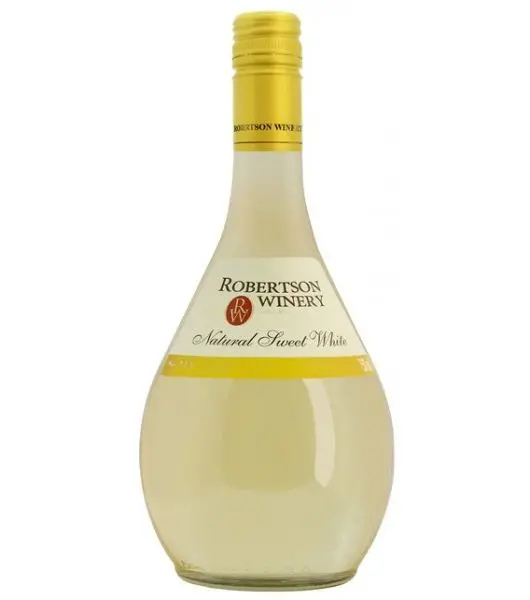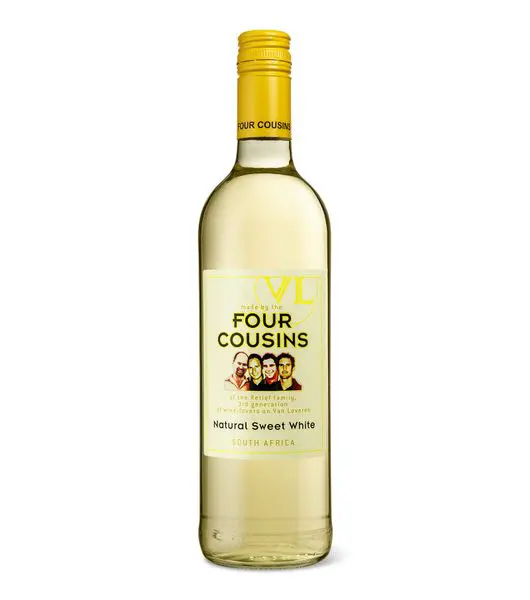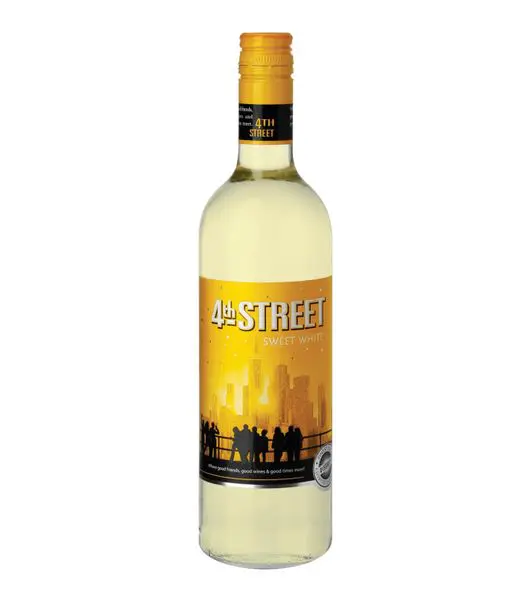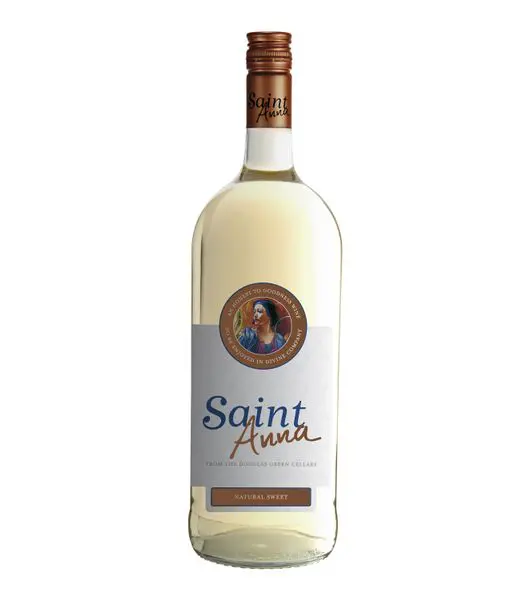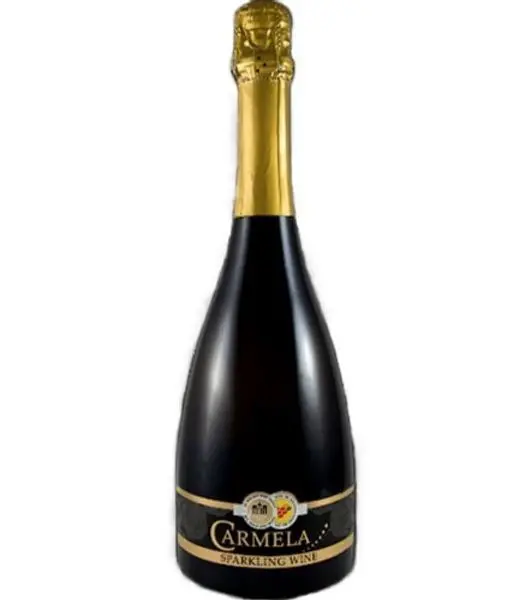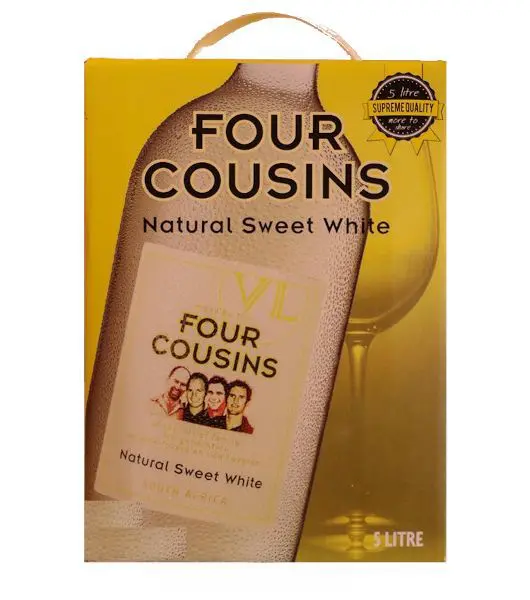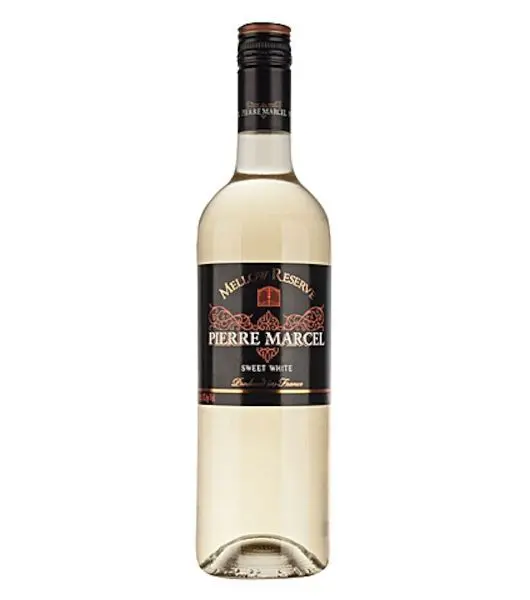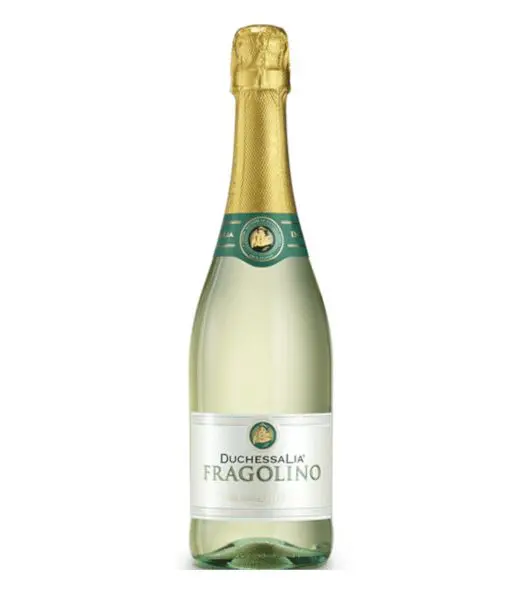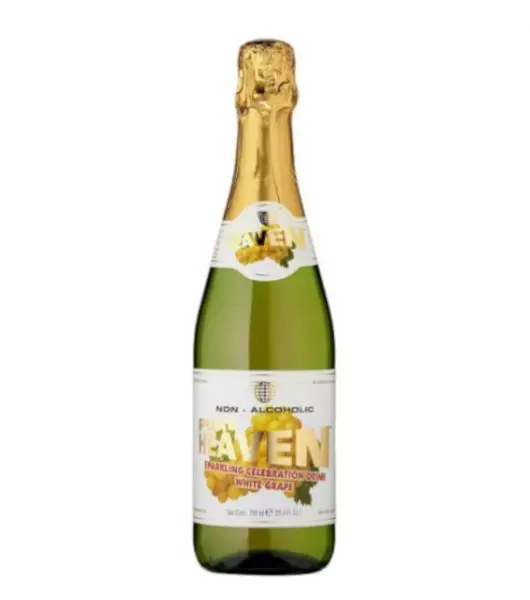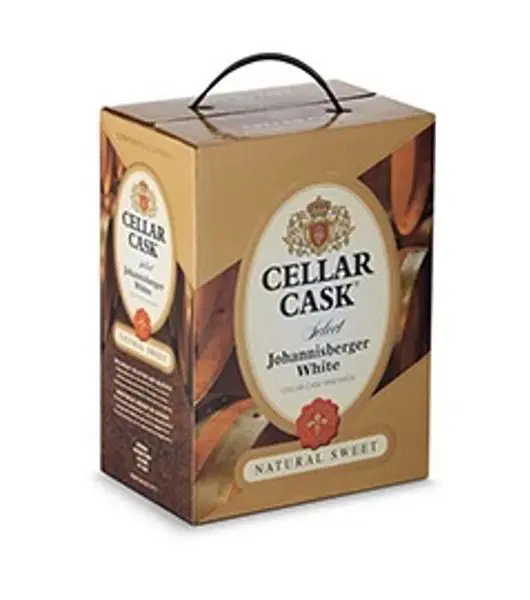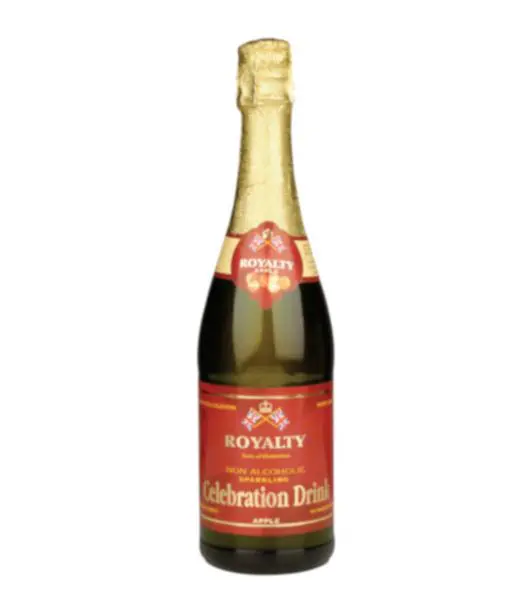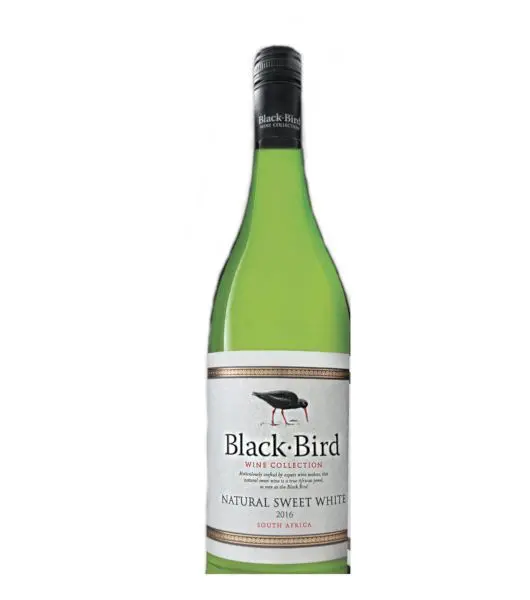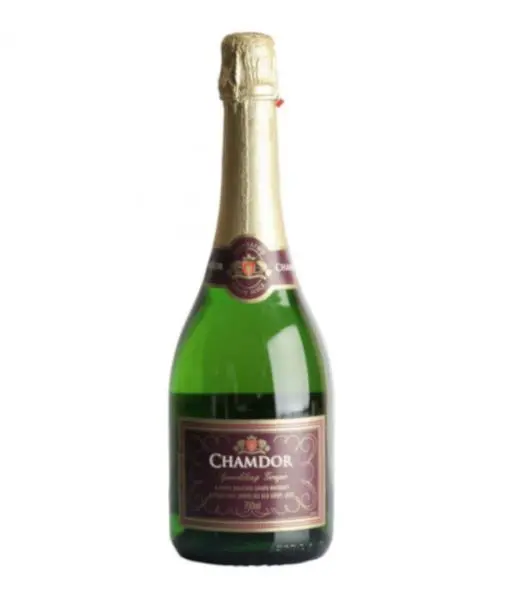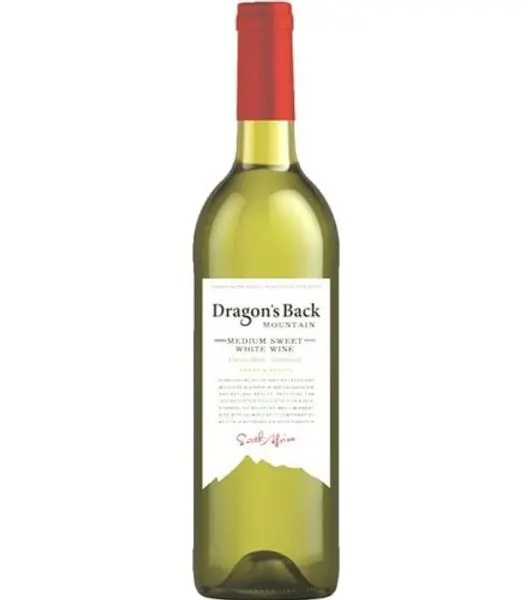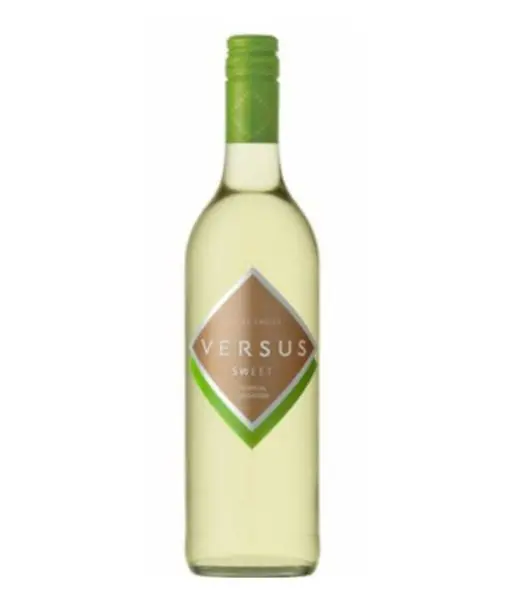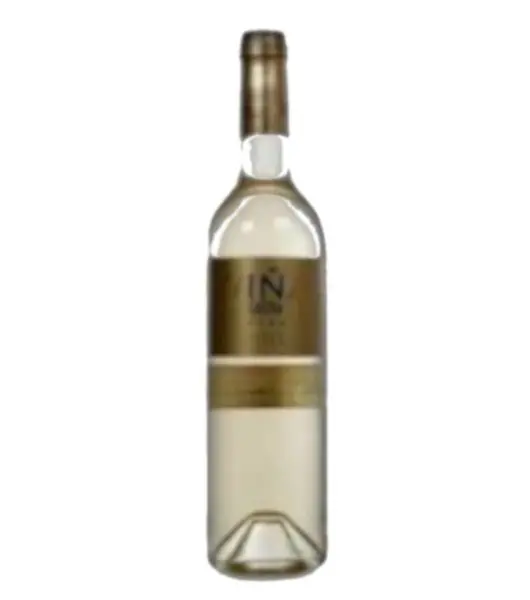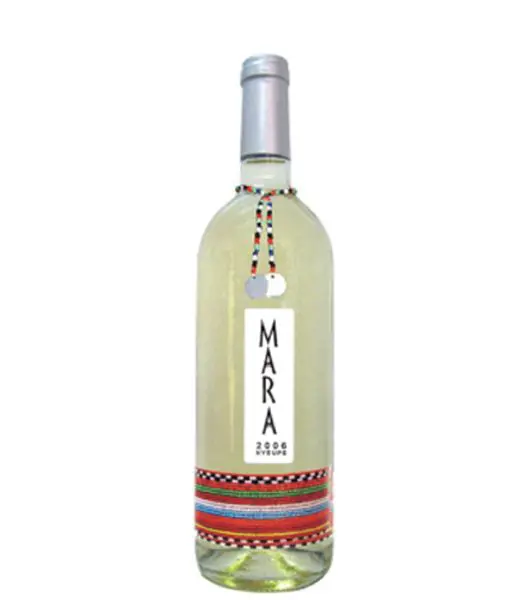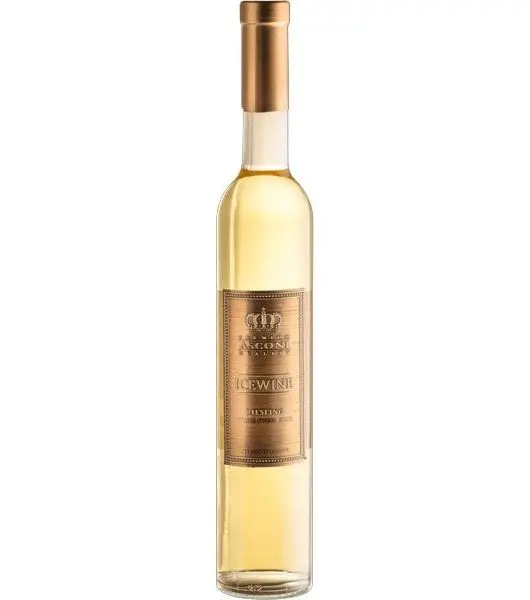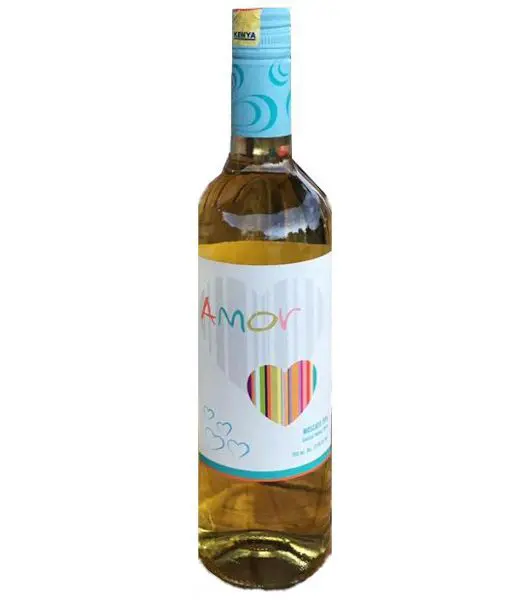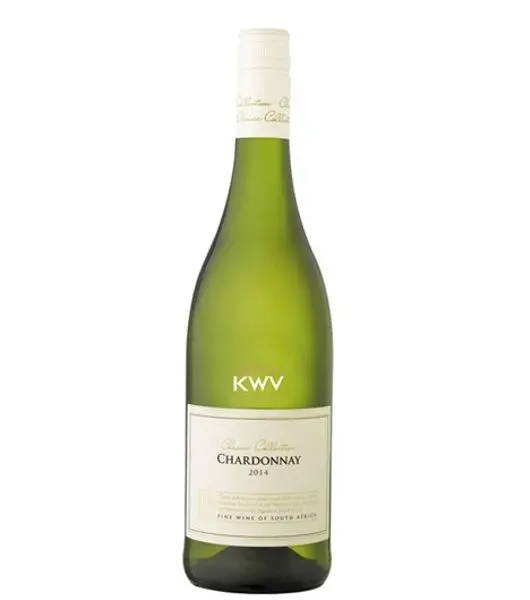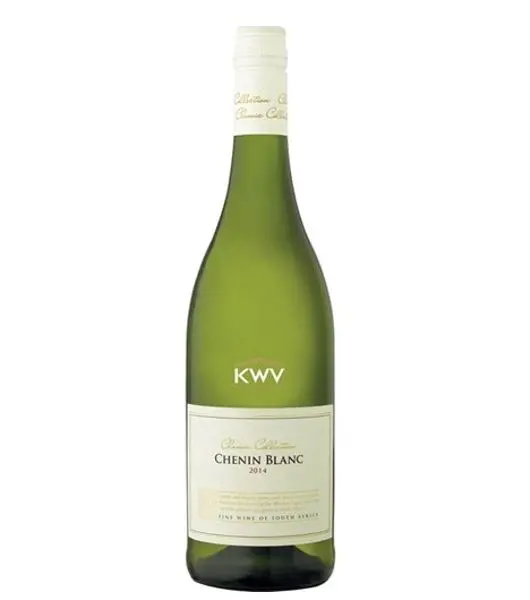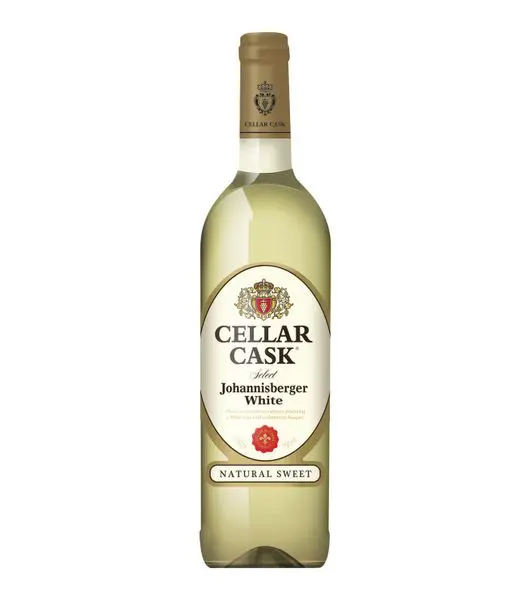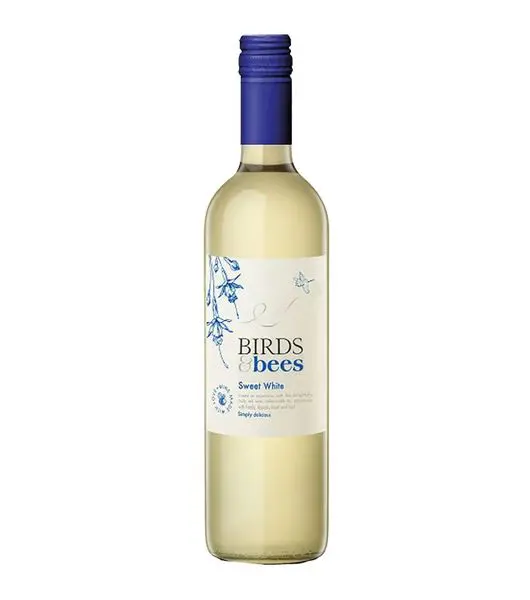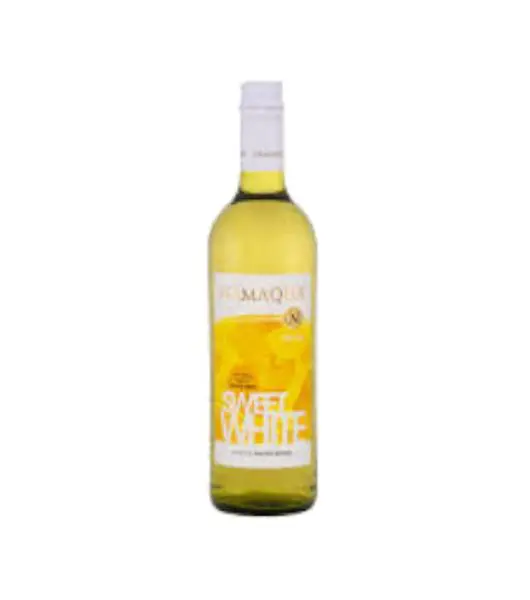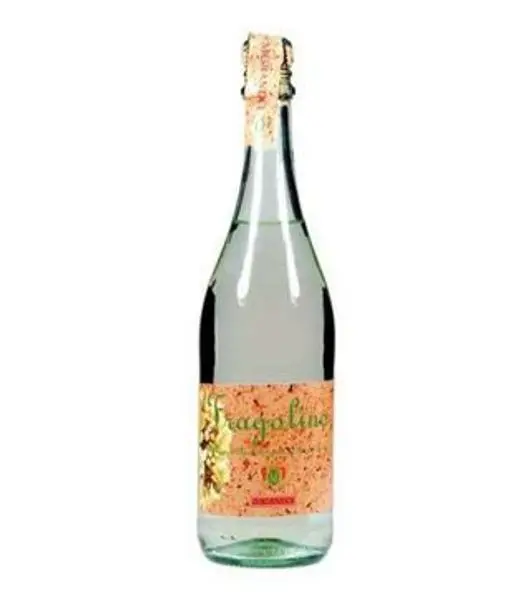White sweet wine brands
- 7% ABVrobertson winery natural sweet whiteKES 1,700 - KES 2,450
- 9% ABVfour cousins white sweetKES 1,450 - KES 2,400
- 7% ABV4th street white sweetKES 1,450 - KES 2,285
- 8% ABVsaint anna white sweetKES 1,450 - KES 2,600
- 8% ABVCarmela Sparkling wineKES 2,300
- 8% ABVFour Cousins sweet white cask 5 LitersKES 4,340
- 12% ABVdrostdy-hof white sweetKES 1,650
- 11% ABVpierre marcel sweet whiteKES 1,850
- 10% ABVbianco nobile white sweetKES 2,100
- 7% ABV5fragolino white duchessa LiaKES 1,950
- pure heaven celebration drink (non-alcoholic)KES 2,500
- 12% ABV4cellar cask whiteKES 1,650
- 11% ABVcellar cask white sweet caskKES 2,800 - KES 4,199
- royalty white celebration drink (non-alcoholic)KES 1,200
- 9% ABVBlack Bird sweet whiteKES 1,600
- chamdor white (non-alcoholic-wine)KES 1,180
- 7% ABVAsconi MoscatoKES 2,080
- 12% ABVDragons back mountain medium sweet whiteKES 1,650
- 8% ABVversus white sweetKES 1,400
- 12% ABVvina lastra white sweetKES 2,100
- 12% ABVMara nyeupeKES 1,950 - KES 3,450
- 10% ABVAsconi Riesling Ice WineKES 3,800
- 20% ABVtaylor's fine white portKES 2,950
- 8% ABVAmor sweet white wineKES 1,480
- 13% ABVKWV chardonnayKES 2,100
- 13% ABVKWV chenin blancKES 2,100
- 11% ABVcellar cask white sweetKES 1,650
- 12% ABVBirds & Bees white sweet MalbecKES 1,600
- 8% ABVNamaqua sweet whiteKES 1,550
- 7% ABVFragolino Bianco MorandoKES 1,980
White wine is the next popular type of wine after red wine. Sweet wines can be the gateway to alcohol consumption introducing beginners to the world of wine. Sweet wines are a better alternative to other sweet alcoholic beverages and mixed cocktails that may have added unhealthy sugars. Sweet white wines have increasingly become popular among white wine brands in recent decades, showcasing a wide array of flavors and styles. White wines continuously present a dazzling array of aromas and flavor profiles from bright, floral, and citrusy to fruity, honeyed, and unctuous characters. The natural residual sugars in quality sweet white wines make all the difference from those with added sugars. Many types of sweet white wines are distinguished by the grape variety, the winemaking technique used, style, region, and other variations.
As mentioned earlier, the sweetness in quality sweet white wines originates from the natural grape sugars that are intentionally left by halting the fermentation process before the yeast can convert all the sugars to alcohol. This sugar is called residual sugar. In classifying sweet white wines, the method of retaining the residual sugar can be used as the basis of classification. The sweetness from the residual sugar is often confused with fruitiness. The palate may perceive fruit-flavored compounds as actual sugar, and it may take some skill to discern the distinction. Since residual sugars are formed by halting fermentation before all the sugars can be converted into ethyl alcohol, sweet white wines may have a lower alcohol percentage than dry white wines.
Some common sweet white wines are table wines, unfortified dessert wines, and fortified dessert wines. Table wines are traditionally made with no special alterations. Depending on the grape variety traits and climatic conditions, these wines are made into sweet styles that display mouthwatering acidity and crispness. The flavor profile, alcohol content, and sweetness vary with the type. On the other hand, unfortified dessert wines reflect their distinct sweetness and flavor profile based on the growing conditions of the grapes in the vineyards. In some styles, like late-harvest styles, the grapes are left to ripen on the vine to reach the highest sugar levels. The available sugar is so much that the yeast cannot convert it all into alcohol. These sweet white wines have a higher alcohol percentage. Botrytized wines are made from grapes infected by a fungus called Botrytis cinerea that caused the noble rot. The fungus perforates the grape skins making it lose water, which increases the concentration of sugars, which can be used to make sweet white wines with higher alcohol levels. An example of a botrytized wine is sauternes wine. Fortified dessert wines are made by adding brandy or neutral grape spirits to the base wines to stop the fermentation process and increase the alcohol content. The fortification allows the retaining of natural sugars that form the sweet fortified wines. Examples are white port wines, Madeira wine, and sherry wine.
Sweet white wines have so much to offer, with the best types showcasing the best flavors and complexity. You can buy sweet white wine online in Kenya at the best price at Drinks Vine online wines and spirits shop Nairobi. We have the best wine in Nairobi and a free wine delivery service.
